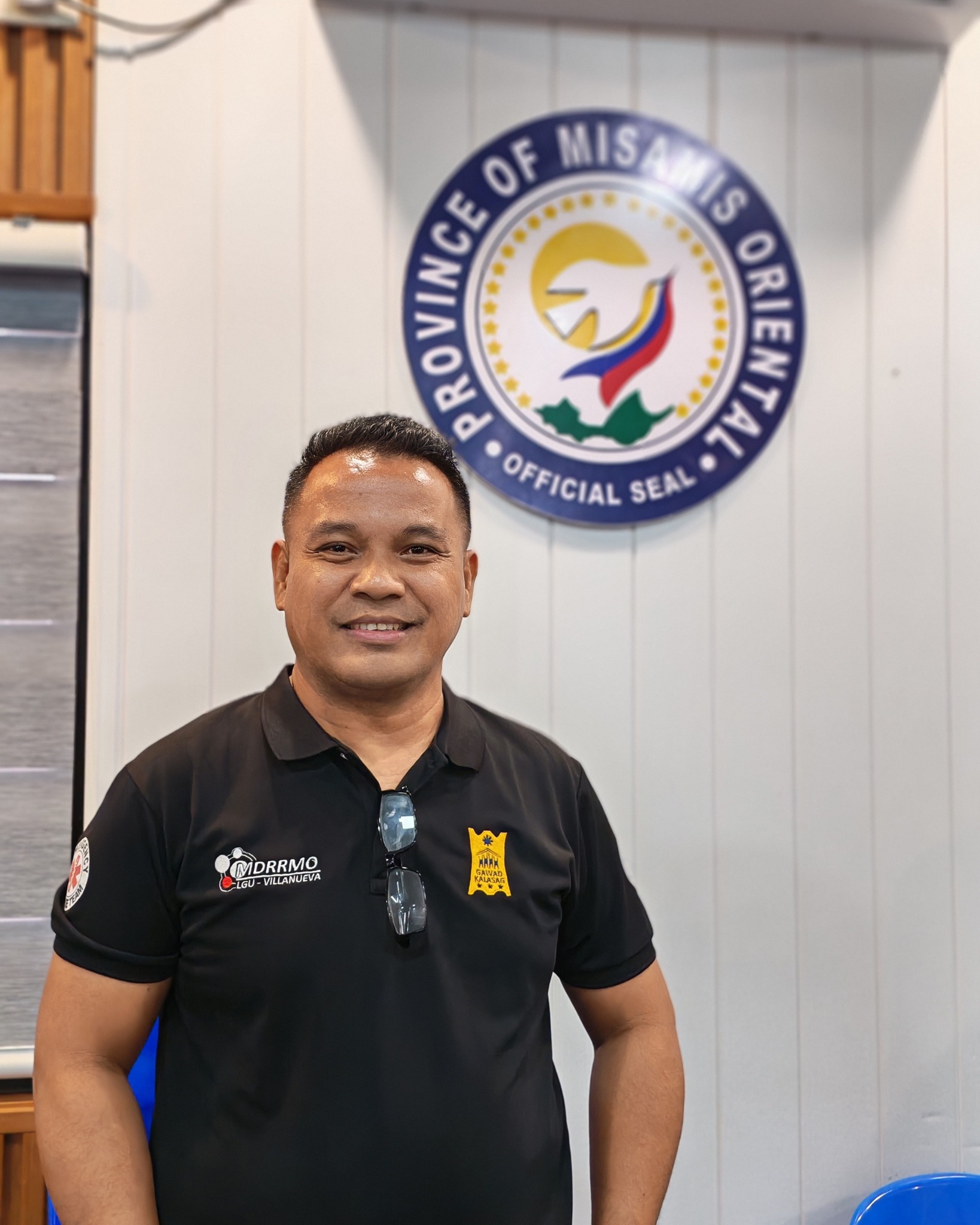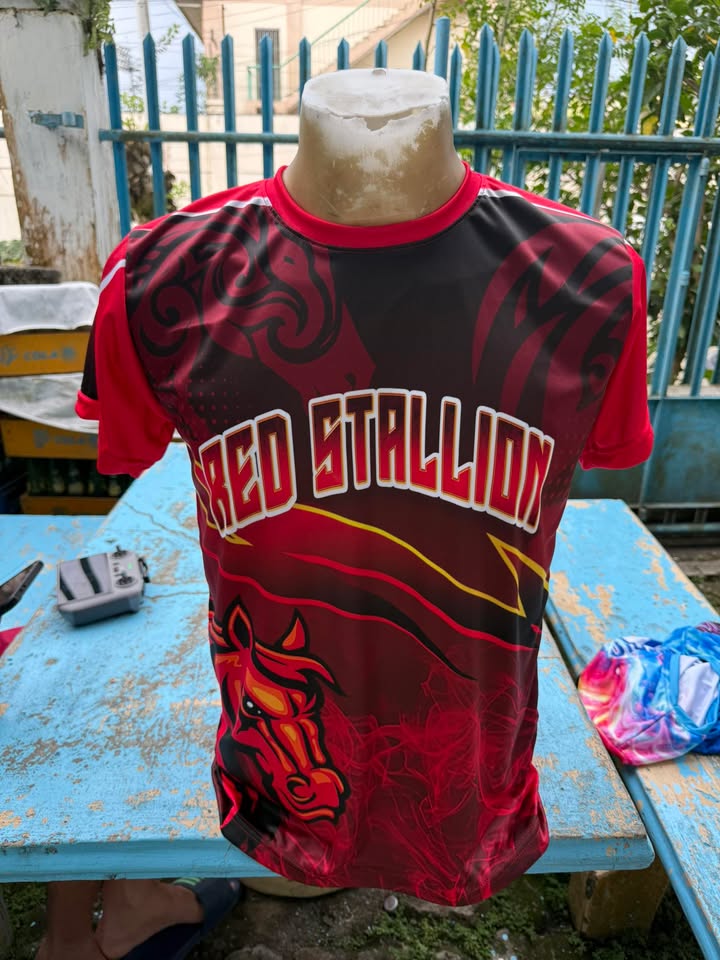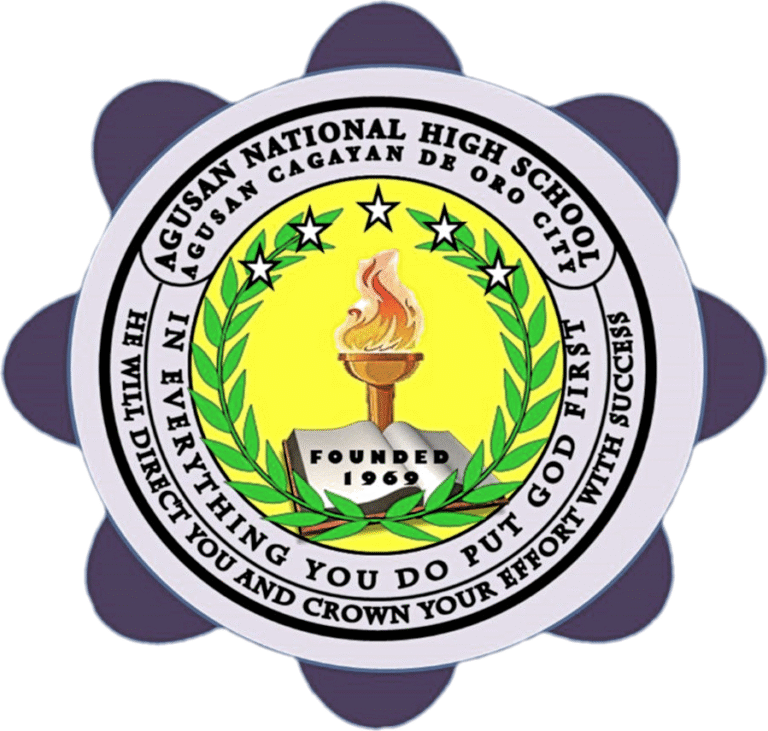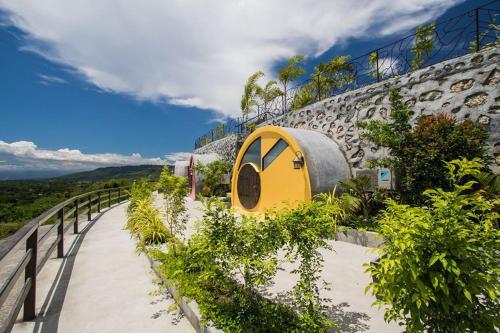Misamis Oriental – Mindanao, Philippines
Misamis Oriental (Cebuano: Sidlakang Misamis; Maranao: Sebangan Misamis; Filipino: Silangang Misamis) is a province in the Northern Mindanao region of the Philippines. Though its capital and largest city is Cagayan de Oro, the city is governed independently. The province is known for its historical depth, geographic diversity, industrial potential, and vibrant cultural mix.
Historical Background
Spanish Colonial Era
Initially part of Cebu, Misamis became a separate province in 1818. It was subdivided into four partidos: Cagayan, Catarman, Dapitan, and Misamis. Spanish forts like Fuerza de la Concepcion y del Triunfo in Ozamiz and Fuerza de San Miguel in Iligan were built to counter Moro raids.
American Era and Division
With the establishment of the Department of Mindanao and Sulu in 1917, parts of Misamis were reorganized. Legislative Act No. 3537 in 1929 split Misamis into Occidental and Oriental, which took effect in 1939. Don Gregorio Pelaez served as Misamis Oriental’s first governor.
World War II and Liberation
Japanese forces occupied Misamis Oriental in 1942. Guerrilla resistance was strong, and liberation forces landed in Cagayan in 1945 with support from locals.
Post-War Developments
Several municipalities were created post-independence. El Salvador and Opol were separated from Cagayan in 1948 and 1950 respectively. Camiguin, once part of Misamis Oriental, became a province in 1966.
Martial Law Period
The Marcos dictatorship saw human rights abuses and increased insurgent activity. Misamis Oriental was a site of resistance, including violent incidents involving cults like Tadtad. Martyrs like Julieta Cupino-Armea and Renato Bucag are honored at the Bantayog ng mga Bayani.
Modern Milestones
El Salvador gained cityhood in 2007, officially confirmed in 2011. In 2014, ancient oyster fossils over 200,000 years old were discovered in Laguindingan.
Geography and Biodiversity
Misamis Oriental spans 3,131.52 km2 and is bordered by Bukidnon, Agusan del Norte, Agusan del Sur, and Lanao del Norte. It faces the Bohol Sea and is shaped by rivers such as the Cagayan. It has rich biodiversity, especially around Mount Sumagaya, protected by the Higaonon people. The area supports 52 floral species, 22 endemic bird species including the Philippine eagle, and a unique carnivorous pitcher plant. The province’s highest point is Mount Balatukan, standing at 2,560 m (8,400 ft).
Climate and Natural Hazards
Misamis Oriental experiences a tropical maritime climate with high temperature, humidity, and rainfall. The province is rarely hit directly by typhoons but is prone to coastal floods, cyclone winds, river floods, landslides, and potential volcanic hazards due to Mount Balatukan, a stratovolcano.
Transportation Infrastructure
- Land: The province is traversed by the Butuan–Cagayan–Iligan Road and Sayre Highway, serving as critical corridors for commerce.
- Air: Laguindingan Airport, a regional hub, services millions of passengers annually with ongoing expansions.
- Sea: Balingoan Port serves as the jump-off point to Camiguin Island and has recently undergone capacity upgrades.
- Public Transport: Local mobility is supported by buses, jeepneys, tricycles, and motorcycle taxis, especially in rural municipalities.
Demographics
As of the 2020 census, Misamis Oriental has a population of 956,900 (excluding Cagayan de Oro). Including the city, the population reaches over 1.56 million. The average household size was 4.9 persons as of the 2007 Census. In 2020, Misamis Oriental accounted for 14.7% of Northern Mindanao’s urban population, with 372,762 urban residents. The literacy rate is reported at 65.3% as of 2025.
Religion
Catholicism is dominant (68%), followed by Protestant denominations, Iglesia ni Cristo, and Islam.
Cultural and Ethnic Composition
The indigenous Higaonon, Binukid, and Manobo peoples reside in the province, while Visayan settlers constitute the majority, arriving in waves during the American and post-war periods.
Economy
Agriculture, forestry, and industry drive the economy. Key products include pineapple, papaya, coconut, corn, and sugarcane. Industrial zones like PHIVIDEC Industrial Estate and the Mindanao International Container Port bolster logistics and manufacturing. The 2 billion Hanjin shipyard in Villanueva exemplifies the province’s industrial aspirations. Claveria is noted for highland vegetables and cacao. Lugait houses cement and power plants. The province maintains high labor force participation and, as of Q1 2023, reported a 16.3% family poverty incidence. The Single Digit Poverty Incidence (SDPI) Program aims to reduce this below 10% by 2028.
Investment and Business Climate
Misamis Oriental is a PEZA-priority area, with incentives for locators in PHIVIDEC. Sectors prioritized include agro-processing, logistics, shipbuilding, and light manufacturing. Rural towns support cooperatives and local enterprises, especially in agri-based industries.
Digital Infrastructure
The province is gradually integrating digital services in local governance. Cagayan de Oro serves as the primary ICT hub, with spillover potential to El Salvador and Gingoog. Internet access is available in urban barangays and public schools.
Environmental Conservation
Protected landscapes like Mount Balatukan and marine sanctuaries such as Agutayan are part of conservation efforts. DENR, local governments, and indigenous communities lead reforestation and environmental monitoring programs.
Public Safety and Disaster Preparedness
The Provincial Disaster Risk Reduction and Management Office (PDRRMO) oversees emergency response. Hazard maps for landslides, floods, and volcanic activity inform LGU planning. Police and fire services are available in all municipalities, with coordination from regional agencies.
Governance (2022–2025)
- Governor: Juliette T. Uy (NUP)
- Vice Governor: Jeremy Jonahmar G. Pelaez (Padayon)
- Congress Representatives:
- 1st District: Karen Lagbas (NUP)
- 2nd District: Yevgeny Vicente B. Emano (Nacionalista Party)Misamis Oriental consists of 23 municipalities and 2 component cities, divided into 424 barangays.
Notable Cities and Municipalities
- Gingoog: A component city with historical significance.
- El Salvador: Known for its growing economy and the Divine Mercy Shrine.
- Laguindingan: Location of Laguindingan Airport and ancient oyster fossils.
- Tagoloan: Hosts PHIVIDEC and the Mindanao International Container Port.
- Villanueva: Site of the Hanjin shipyard.
- Claveria: A major vegetable producer with highland tourism potential.
- Balingasag: Known for its aquaculture and Sakay-Sakay Festival.
List of Cities and Municipalities
Misamis Oriental is composed of 2 component cities and 23 municipalities:
- Cities:
- El Salvador
- Gingoog
- Municipalities:
- Alubijid
- Balingasag
- Binuangan
- Claveria
- Initao
- Jasaan
- Kinoguitan
- Laguindingan
- Libertad
- Lugait
- Magsaysay
- Manticao
- Medina
- Naawan
- Opol
- Salay
- Sugbongcogon
- Tagoloan
- Talisayan
- Villanueva
Festivals and Events
- Kuyamis Festival: Held every second week of January celebrating the province’s founding and coconut industry.
- Sakay-Sakay Festival (Balingasag): Celebrated every third week of January with fluvial parades.
- Municipalities hold their own fiestas, often linked to patron saints and harvest seasons.
Local Delicacies
- Sinuglaw: Grilled pork and ceviche.
- Binaki: Corn cake delicacy.
- Halang-halang: Spicy chicken in coconut milk.
- Pineapple-based products: Including tarts, jams, and pies.
Education
Higher education institutions are centered in Cagayan de Oro, including Xavier University, USTP, Liceo de Cagayan, Lourdes College, and Capitol University. Outside the city, MOSCAT in Claveria is a key agricultural college.
Youth and Sports Development
Misamis Oriental supports sports like football, boxing, and athletics. Gingoog and Tagoloan have public sports facilities. Sangguniang Kabataan councils promote grassroots activities. Provincial-level events are supported by the Governor’s Cup and Department of Education.
Healthcare
Major hospitals in Cagayan de Oro serve the wider province:
- Maria Reyna Xavier University Hospital
- Polymedic Medical Plaza
- ACE Medical Center CDO
- Capitol University Medical Center
- Northern Mindanao Medical Center
- Misamis Oriental Provincial Hospital (Gingoog City)
- Rural health units (RHUs) are operational in all municipalities.
Arts and Crafts
Crafts include weaving, beadwork, and basketry among Higaonon groups. While not widely commercialized, cultural preservation programs are underway. Regional influences from Maranao, Manobo, and Bukidnon tribes enrich local traditions.
Tourism
Branding itself as “Mindanao’s Nature Front,” the province offers:
- Sipaka Point (Balingasag): Scenic coast and Holy Week destination.
- Sagpulon Falls (Jasaan): An 180-foot waterfall resort.
- Agutayan White Island (Jasaan): Marine sanctuary with a white sandbar.
- Opol Ostrich and Crocodile Farm: Pioneer in exotic livestock.
- Mantianak Botanical Garden (Sugbongcogon): A rescue complex and park.
- La Castilla Museum: Pelaez memorabilia in Cagayan de Oro.
Infrastructure Developments
- Laguindingan Airport Expansion: Increased capacity to 6.3 million passengers/year.
- Balingoan Port Expansion: Facilitates Camiguin-bound traffic.
- Mindanao Railway Project Phase 3: Will connect Misamis Oriental with other provinces.
- Cagayan de Oro Coastal Road: Enhances access to port and industrial zones.
Former Governors
Here is a list of former governors of Misamis Oriental:
- Don Gregorio Pelaez (1939-1940) – First Governor
- Jose Artadi (1940-1941)
- Jose Fortich (1941-1942)
- Alfredo N. Pelaez (1945-1946)
- Antonio Velez (1946-1947)
- Ignacio S. Cruz (1947-1951)
- Pacianco G. Ysrael (1951-1955)
- Vicente de Lara (1955-1961)
- Pedro P. Mendiola (1961-1963)
- Concordio C. Diel (1963-1967)
- Homobono A. Cezar (1967-1971)
- Alfonso A. Dadole (1971-1980)
- Fernando V. Pescador (1980-1986)
- Jesus J. Serina (1986-1987)
- Vicente Y. Emano (1987-1992)
- Rufino B. Rodriguez Jr. (1992-1995)
- Antonio P. Calingin (1995-1998)
- Vicente Y. Emano (1998-2007) – Second Non-Consecutive Term
- Oscar S. Moreno (2007-2010)
- Yevgeny Vincente B. Emano (2010-2019)
- Juliette T. Uy (2019-present)






